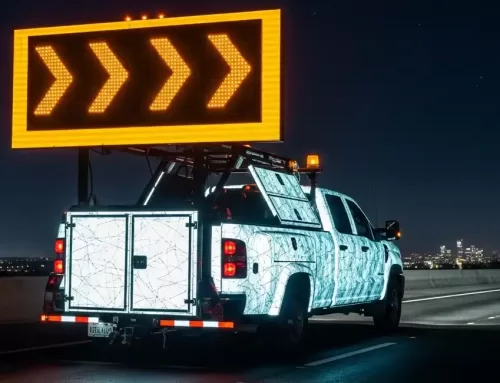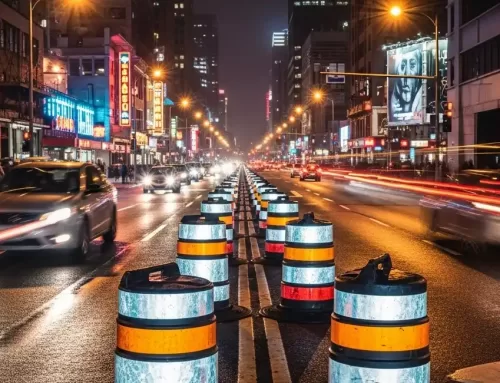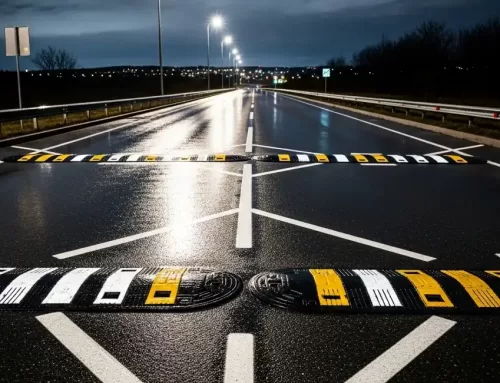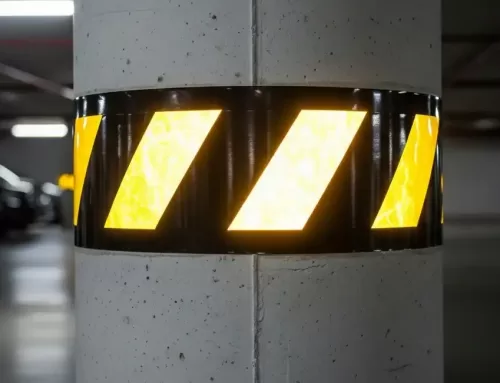What are the requirements for traffic signs in prismatic scenarios?
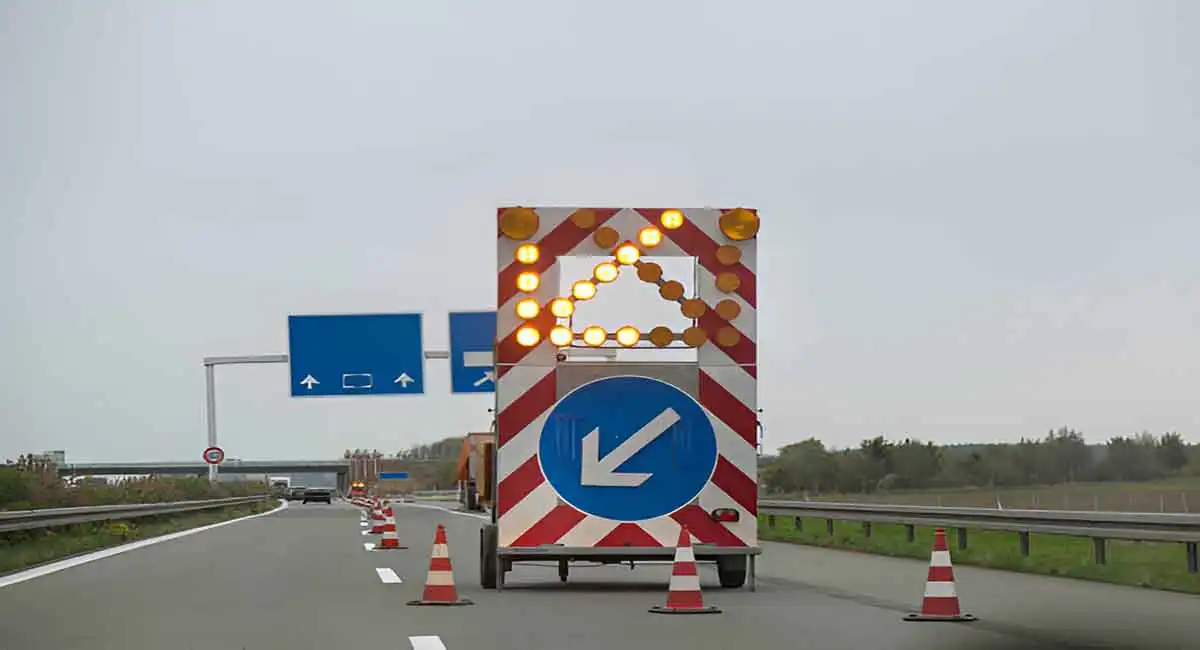
Precautions when applying reflective film to traffic signs
When applying reflective film to traffic signs, you need to pay attention to the following aspects:
- When cutting reflective film and making character printing, you must pay attention to the arrows or graphics that appear regularly on the surface of the reflective film must be horizontal or vertical;
- If bubbles appear during the film application process, or bubbles are found after the film is applied, you need to use a small needle to puncture the bubbles. Remember not to puncture the bubbles and then treat them;
- During the film application process, tape is generally used for positioning. After removing the tape, if there is residue on the surface, you need to use a gentle solvent to remove the surface residue.
What are the supply standards for reflective film for traffic signs?
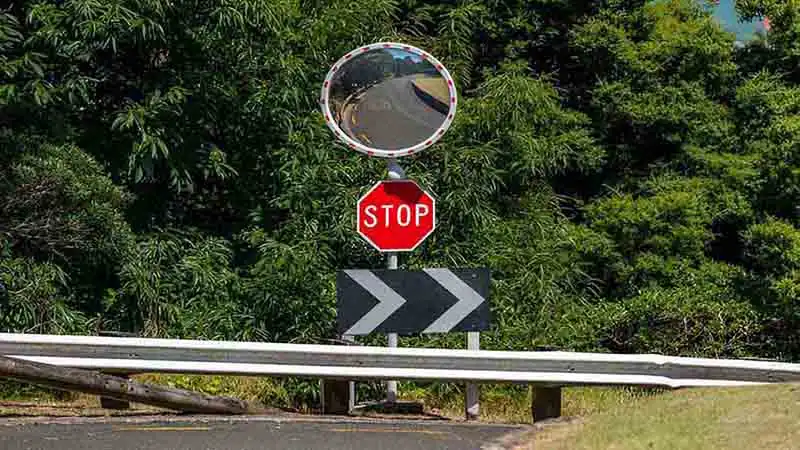
There are some supply specifications for reflective film used for road traffic signs, which should be met when leaving the factory:
- Reflective film should usually be supplied in rolls. The reflective film should be evenly, flatly and tightly wound on the round core, and should not have defects such as deformation, defects, uneven edges or inclusions of irrelevant materials.
- The length of each roll of reflective film should generally not be less than 45.72m. The entire roll of reflective film cannot be spliced in the width direction, and the joints in the length direction should not exceed 3 places, and the splicing should be visible at the edge of the roll film. A surplus of 0.5m of reflective film should be left at each splicing. The continuous length of each section of reflective film should not be less than 10m.
- The reflective film should have color printability. The reflective film can be printed in various colors at room temperature using an oil house and printing method that matches the reflective film.
- The reflective film should have a smooth and clean outer surface, and should not have obvious scratches, streaks, bubbles, uneven color and retroreflection. Its release paper should not have defects such as bubbles, wrinkles, stains or debris.
- If the reflective film does not have rotational uniformity, that is, when the photometric performance under different rotation angles is different, the manufacturer should make a reference mark along the direction of the larger reflection coefficient value.
Application of reflective film on highway traffic signs
Different levels of highways use different levels of reflective film to make signs according to different design speeds. Usually, roads with faster design speeds (such as expressways, expressways, first-class highways, etc.) require the use of reflective film with high retroreflection coefficient and strong reflective brightness; recently, some economically developed areas and urban roads have also specified the use of high-level reflective film to make road signs, which is both beautiful and improves safety performance; usually, roads with slower design speeds (such as provincial roads and national roads) use more medium-level reflective film; and some temporary signs usually use low-level reflective film.

